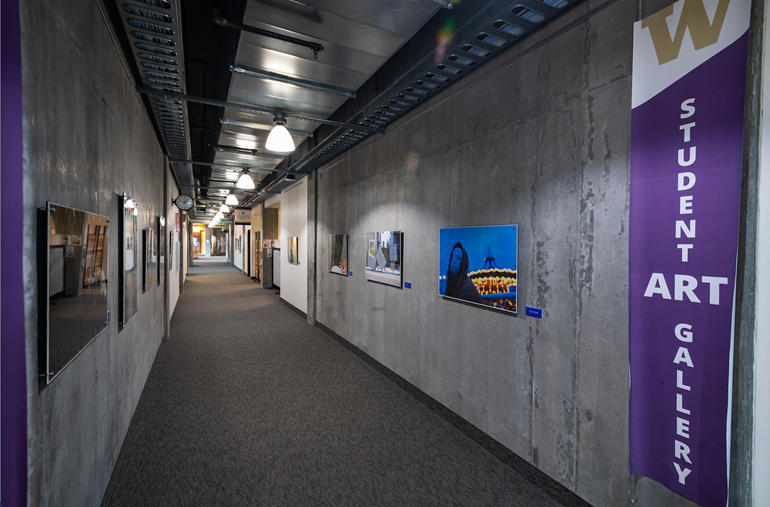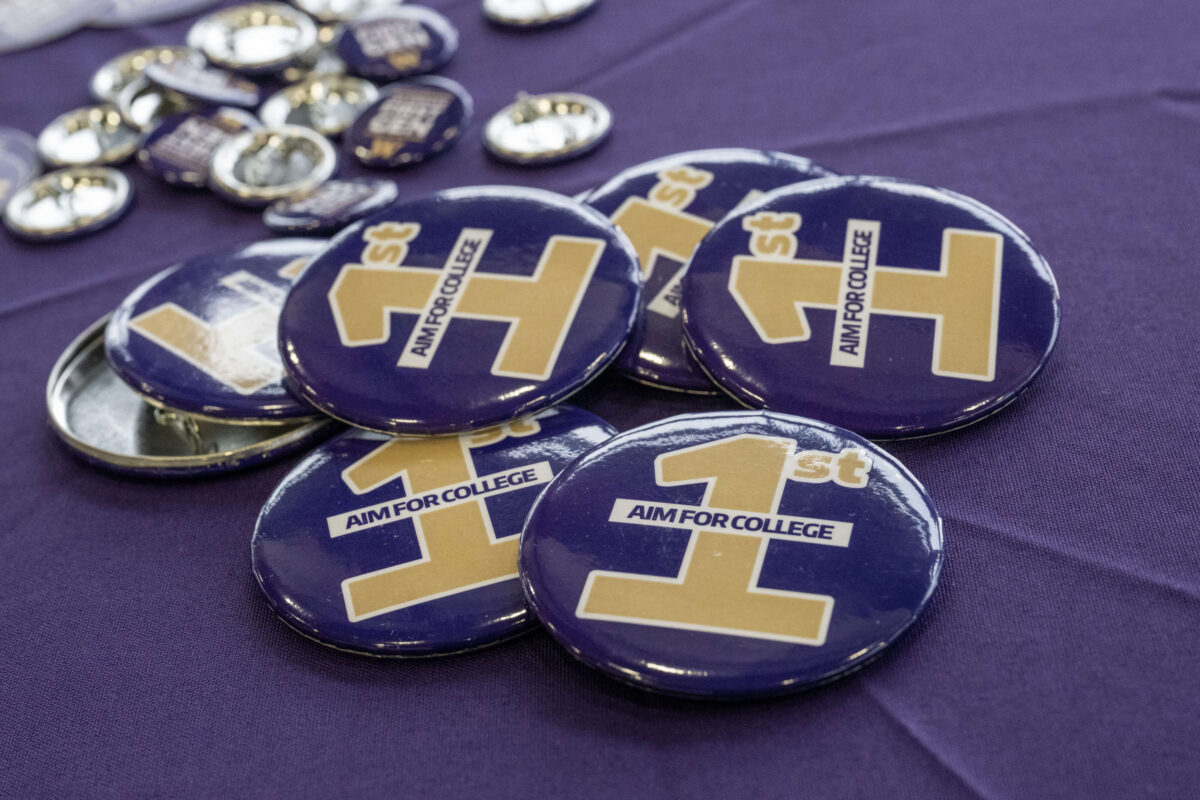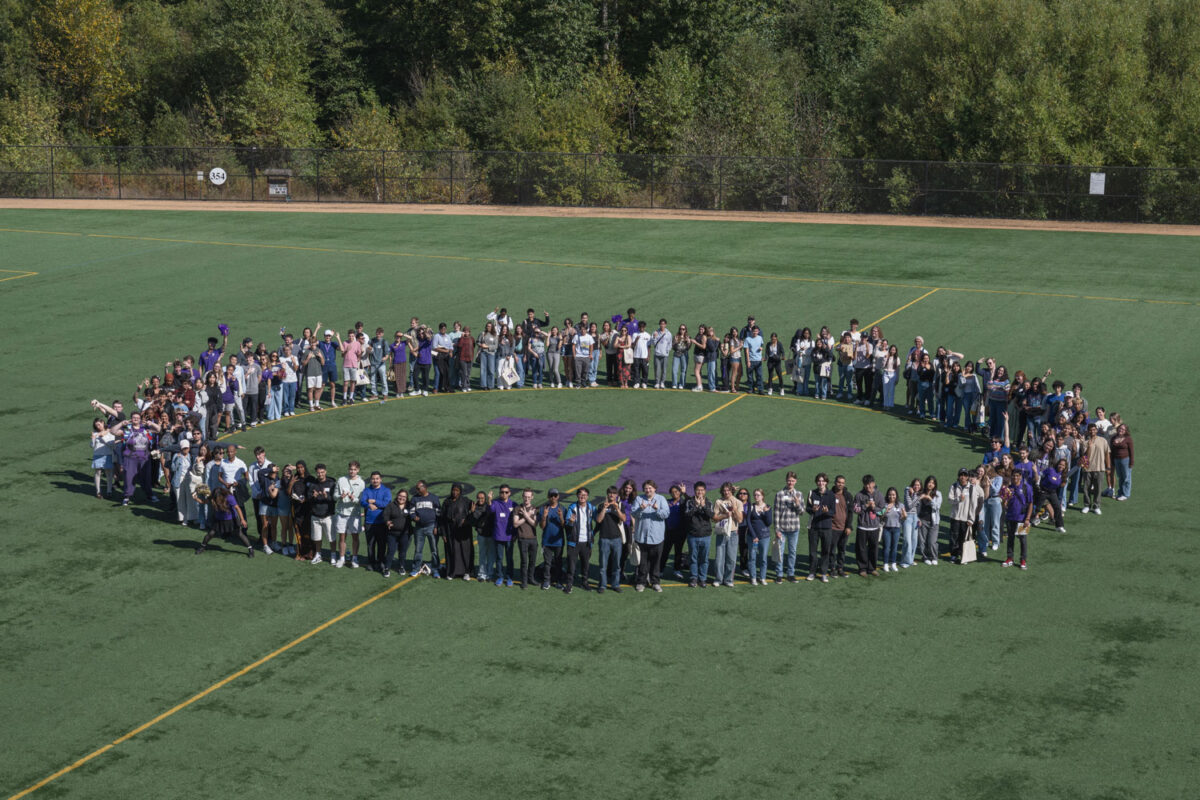The coronavirus pandemic may have closed theaters and art galleries, but it didn’t quell the desire to create works of art that would eventually fill those spaces or provide comfort to others. As the great painter Dorothea Tanning once said, “Art has always been the raft onto which we climb to save our sanity.” And over the past two years, we saw theater troupes create physically-distanced shows that they premiered on Zoom, and children painted rocks to share around the neighborhood. Even those making masks expressed their creativity through the fabrics they chose and the loop attachments they used.
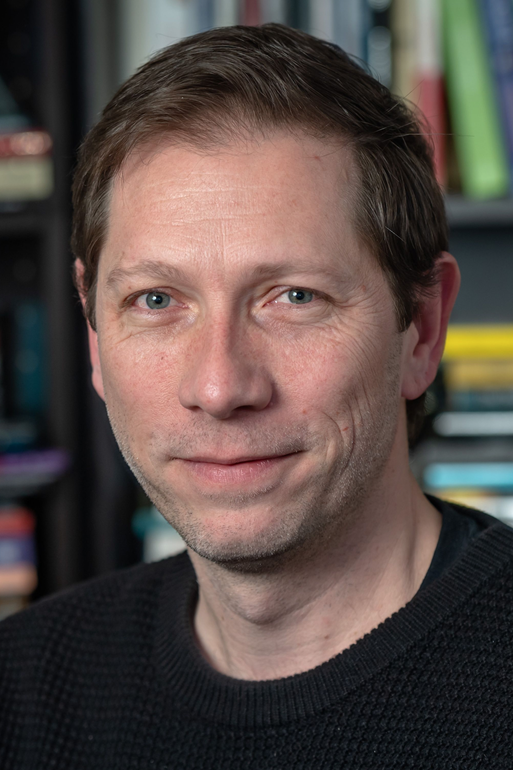
In response to this idea, Dr. Ted Hiebert, professor in the School of Interdisciplinary Arts and Sciences, said, “What’s nice about rafts is that they give us permission to think about different ways of floating. One can float an idea, one can imagine floating as a feeling of catharsis, or one can literally float on a raft or an inner tube or maybe other things, too. Maybe even sometimes on things unexpected.”
The act of floating might seem simple but it takes an act of engagement and imagination to make it work. In Hiebert’s summer courses in 2020 and 2021, the camera served as the raft for students in his Photography & Digital Art and Image & Imagination courses. The advanced photography classes emphasize the use of cameras as a tool for creativity, even though, as Hiebert described, there is no medium less creative since the camera merely reproduces a world that already exists. “The challenge is in staging, imagining and thinking about the pictures you want to produce.”
Teaching a class asynchronously and online that also was meant to be hands-on was Hiebert’s challenge. “I am excited to be back in the classroom for these courses this summer!”
The photographs taken by the students in summer 2020 and 2021 are now displayed along the hallway art gallery on the first floor of Founders Hall (UW1). See a sneak peek in the online gallery below.
Untitled
Adrienne Co
Major: Applied Computing | Minor: Visual & Media Arts
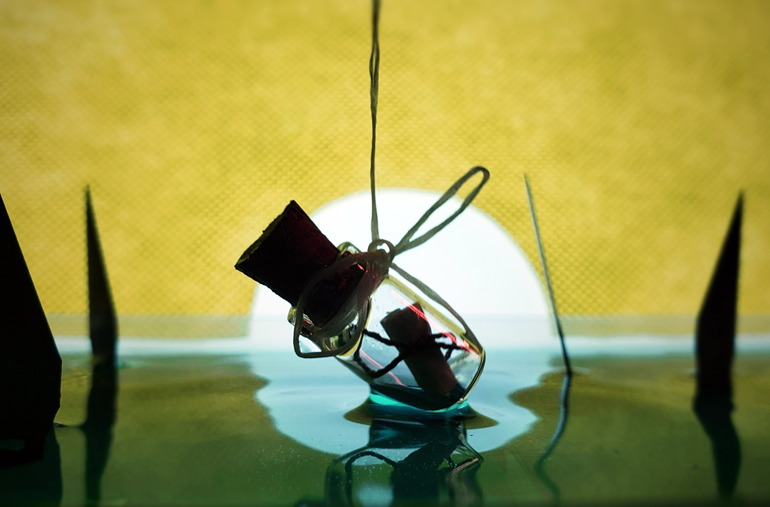
I created this piece as part of Dr. Ted Hiebert’s photography and digital art class during the summer 2020 quarter. My primary experience with art has been in traditional drawing and painting. As such, in taking this class, I was interested in the new prospect of exploring photography and the opportunity to combine my other interests to create art. Miniatures and the idea of small scenes and worlds have always fascinated me, so in approaching all of the prompts from this course, my goal was to create and capture surreal small worlds.
With isolation forced onto us by the pandemic, we are confined to dwell, mull and reflect within our own little worlds. My space, which I rarely had the chance to feel fully present within throughout my busy time at UW Bothell, suddenly became a prevalent constant that I was unfamiliar with. Through the process of staging and capturing miniature worlds that I composed from household items and unique knickknacks that I found within my own small world, it somehow made my isolated space feel a bit bigger. Getting to explore around my place for long-lost and forgotten belongings to hunt for the perfect props helped in fostering my relationship with my own limited physical world. With this piece, I aimed to portray a vast, yet personal, scene and convey a sense of anticipation. Although the contents of the message in the bottle could glean a positive or negative prospect, the idea of the anticipated message being caught and fished out from an unknown and endless sea can still bring up feelings of hope regardless; a sense that there is a tomorrow is still hopeful. It is that hope and the opportunity to share my work that brings me warmth and continues to inspire me to continue pursuing my passion in art.
Pink Abyss
Veronica George
Major: Communication: Journalism & Public Interest Communication
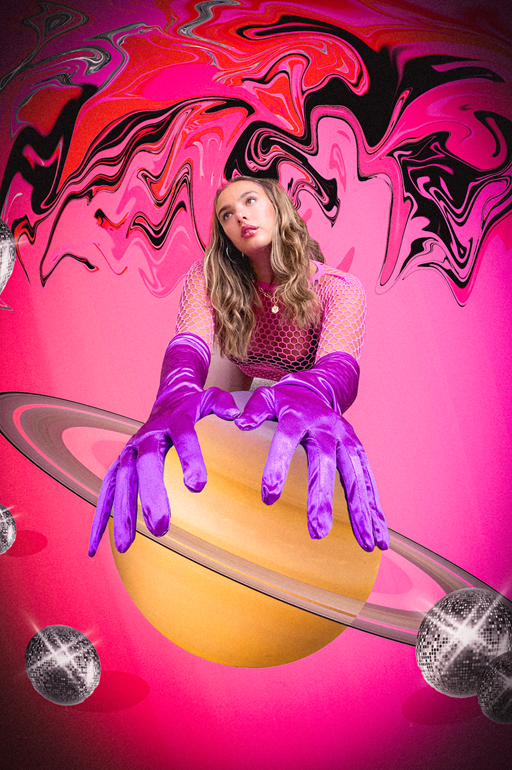
I had the idea to make a bright, fun and flashy image inspired by a lot of my favorite photographers. At this time in my photography career, I was experimenting with a lot of distortion. Since I didn’t have a fisheye lens (or any other perspective lenses) I decided to shoot myself on my iPhone using the .5x zoom. Putting my arms close to the lens made them look longer than they are. And though the art of capturing subjects (in this case, myself) is important, for me, a lot of the magic happens in post-production. I did a ton of experimenting in Photoshop and in Lightroom to achieve the bright and fun piece I was hoping to achieve.
I’m really happy that this work is in the gallery — and surprised at the same time. This image isn’t actually one of my personal favorites of the images I submitted for this class. But I think this speaks to the critical eye that creators can have — looking at my own work, sometimes I can only see all of the things I wish I did differently. Having this piece in the gallery reminds me that people tend to take art for what it is, not what it could have been.
Technology Control
Tianqi Gong
Major: Media & Communication Studies ‘22
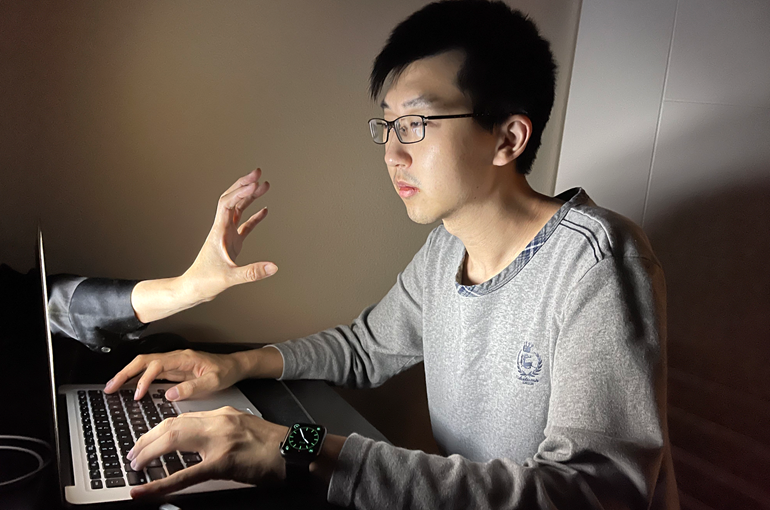
For this image, the theme that I wanted to focus on was technology control. Trevor Paglen’s work inspires me: he tries to convey information to the audience by adding large-scale surveillance and data collection issues to his works and images to help people reflect on this technological age’s problems. Such is the influence and control of artificial intelligence and surveillance systems on people’s lives. I wanted to use my work to express that technology is like an invisible hand gradually controlling people and the impact of technology controlling our lives, and to let people reflect on how technology can control our thoughts and lives without our knowledge.
Although the emergence of technology makes our lives more convenient and faster, people can find information about or contact people they don’t know at any time through smartphones or computers, and technology has become the most important and indispensable part of people’s lives. Although it has brought more convenience to our lives, people need to know that technology also controls us. We need to recognize this and learn to control technology instead of being controlled by technology.
I chose to show that I was over-reliant on technology in my own life. The image shows that the hand extending from the screen is trying to control the person who is using it. I am using technology and am attracted by the information on the screen; I do not notice that the hand extending from the screen wants to control me.
Reminiscence
Ayumi Oishi
Major: Computer Science & Software Engineering
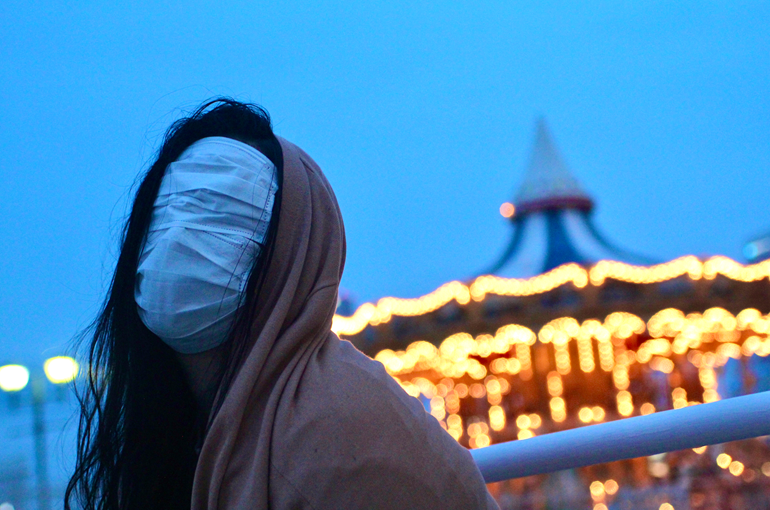
At the time, I was taking classes online from Japan and this photo was taken in an area called Minatomirai. For this project, I utilized masks — which were a necessity during the long fight against COVID-19 — in unusual ways to not forget the complex emotions and memories through the pandemic. I would like to leave it to the recipient to decide the expression on the subject’s face as they reminisce about the dizzying pandemic days with a merry-go-round in the background.
Lydia’s Modern-Day Cohort, in cahoots!
Taralynn Peltier
Major: Health Studies | Minor: Global Health
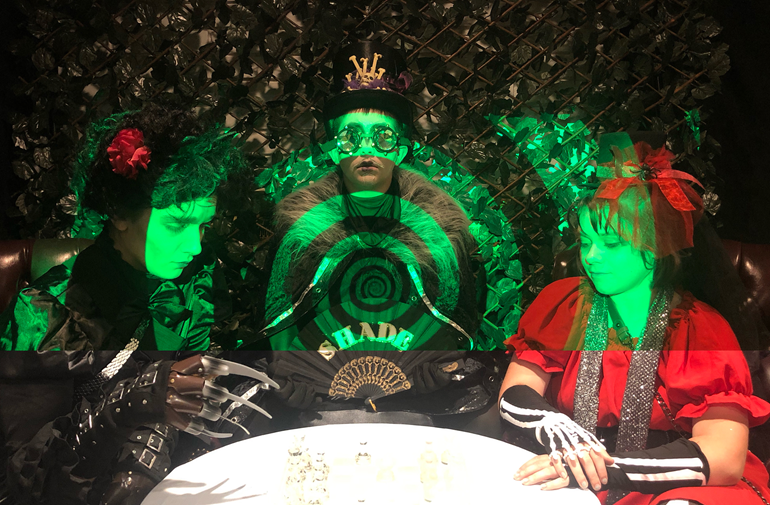
This piece was one of seven other individual pieces for a midterm project. I wanted to rely heavily on my own creativity and it started with taking an inventory of what I had access to (theater lighting and lots of costumes and makeup). I learned that I loved to play with lights, costumes and projectors, while simultaneously playing with my teenagers. We just went crazy with all our props and lights. I challenged myself because I had no prior knowledge of photography (huge learning curve)! In this piece my daughter (Lydia Deets) pretends to invite over Edward Scissorhands and Peter Pan’s shadow for a game of chess. The final process simply required them to pose for one photo with no effects and then pose for another with lighting effects, from there I just spliced the image and juxtaposed them on top of each other.
I need creative challenge just as much as I need critical thinking prompts, it’s for growth. Without both I am half a person, unintegrated, and stuck in isolation spinning my wheels. Our imagination is the gateway to all the solutions for any problem that exists, and it’s the key to our happiness and holistic well-being. I learned to never underestimate the power of art and creative diversity, and also to respect the time it takes to make something come together in an organized, well-polished fashion.
Untitled
Jaresiah Williams
Major: Media and Communications Studies; Culture, Literature & the Arts |
Minor: Visual & Media Arts
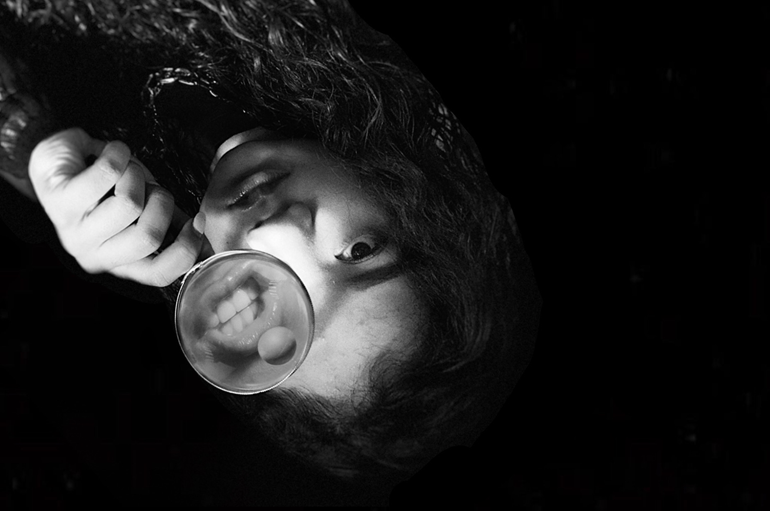
For this project I wanted to tie together props and metaphors all while focusing on different forms of sensory perception and mystery. The theme of the artwork was idiosyncrasies and I wanted to utilize collages in a unique way that was personal to me. I am inspired by Wagechi Mutu’s collage images and I wanted to make something that fit with my style. This picture is one of the many pictures that was included within the project.
Throughout the project I experimented by cutting out my hands, my eyes and other elements of my face and used the base of a magnifying glass. I wanted to experiment using my own body and self-portraits to distort my identity. This project was fun for me to photograph/edit and it drew up an imagination about the distortion of reality through mysterious imagery or the ways in which I think about them.
